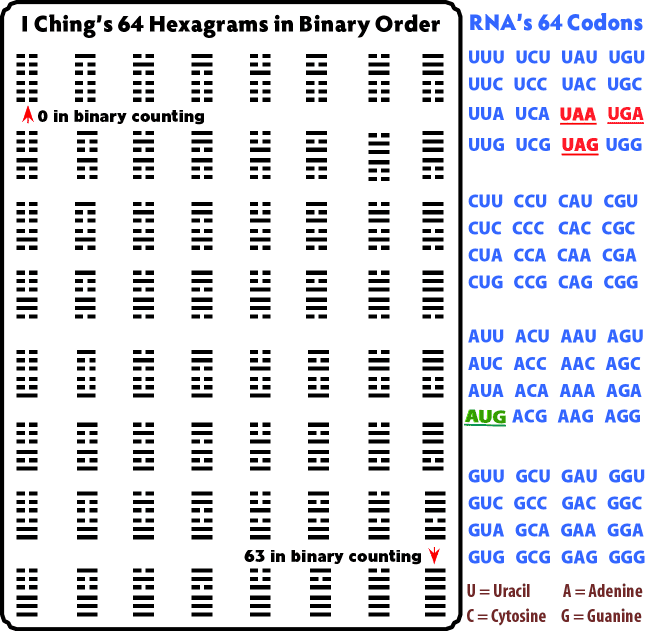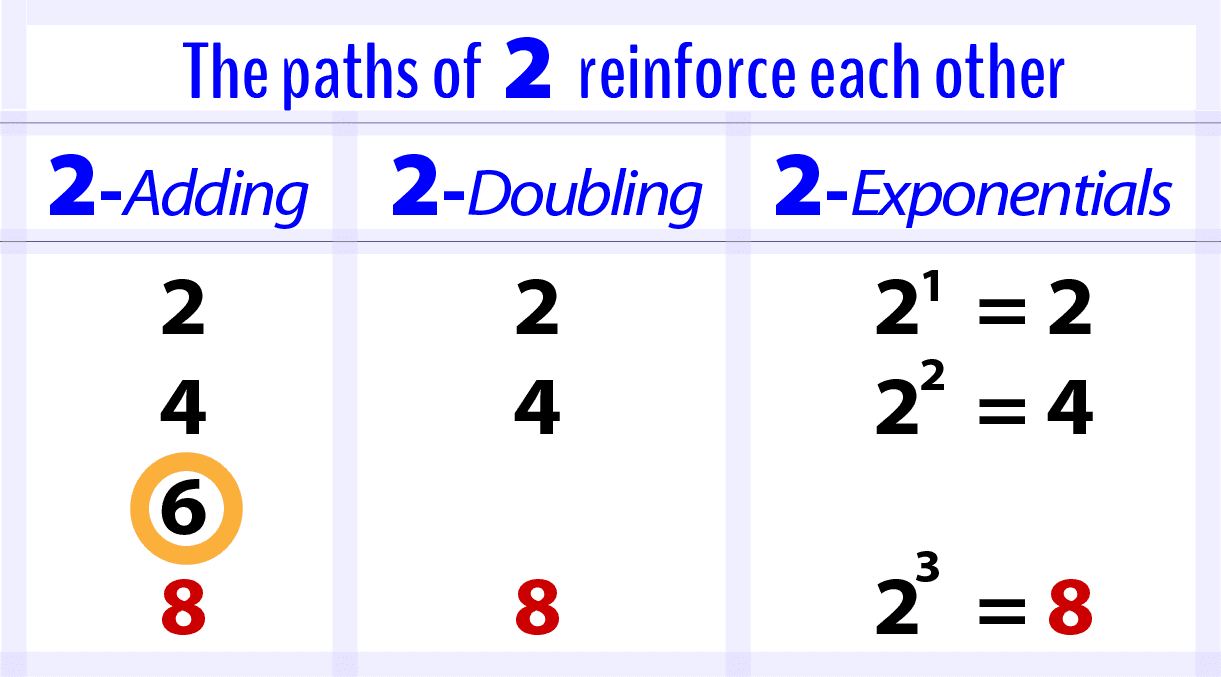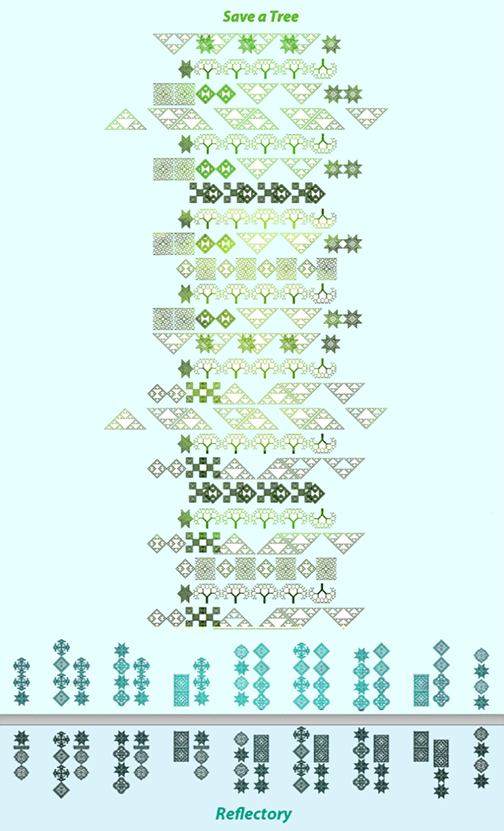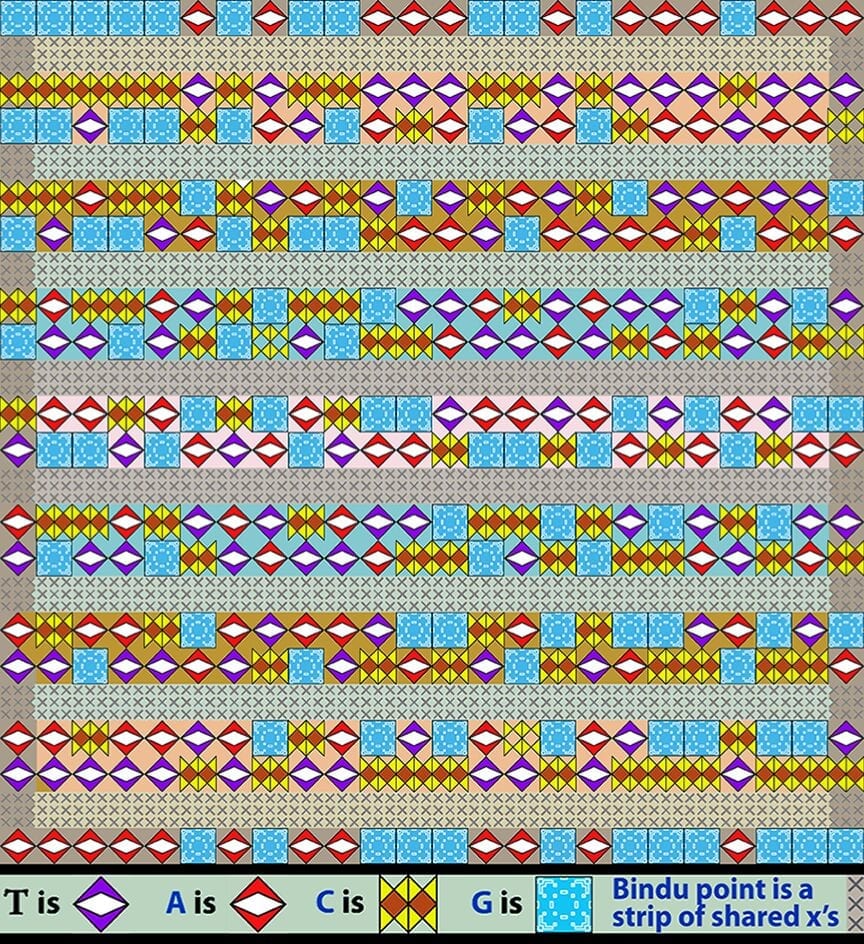Genetics
I Ching & Insights into
Genetic Code
To understand the I Ching better, during 1990-91, I taught at Jinan University in China for a year and studied the I Ching with scholar Zhang Luanling.
There I also had many informative discussions with scholar Tan Shi-lin. I did this because I was exploring the puzzle of why the genetic code and the ancient I Ching show so many parallels.

To a casual eye, the genetic code seems very different from the I Ching. One is physical; the other is metaphysical. One is new knowledge; the other is very old. DNA codes for organic matter, but the I Ching claims to show the flow of universal mind, which ancient China called the Tao.
The two systems appear to be very different concepts existing in unrelated areas of study that have been explored by historically disparate cultures located far apart in both space and time.
And yet both systems are trying to describe nature’s dynamics. Both systems attempt to explain how mind and matter use energy to create dynamic change that occurs across space and time.
My puzzle was this: both systems, DNA and I Ching, seem to echo each other in both math and meaning! But why? Slowly I found out the reason. The genetic code’s double helix and the I Ching’s math are both based on the same underlying co-chaos paradigm.
I worked for about 10 years on correlating those two systems, both physically and metaphysically. Fortunately, the genetic code and I Ching shorthand are two well-known scripts in historical knowledge.
Both variants code by developing polarized triplets that then pair-bond into 64 polarized 6-packs.
I Ching hexagrams are often viewed simplistically as mere binary counting. Gottfried Wilhelm Leibniz recognized the binary counting aspect in 1701 when he received a woodcut of the hexagrams sent to him by Jesuit missionary Joachim Bouvet, who was living in China. Leibniz had just spent several years inventing binary numbers himself in Germany!

That woodcut gave Leibniz quite a jolt! What a shock to find that binary counting from 0 to 63 was quite evident in the woodcut’s ancient xiantian order of I Ching hexagrams!




